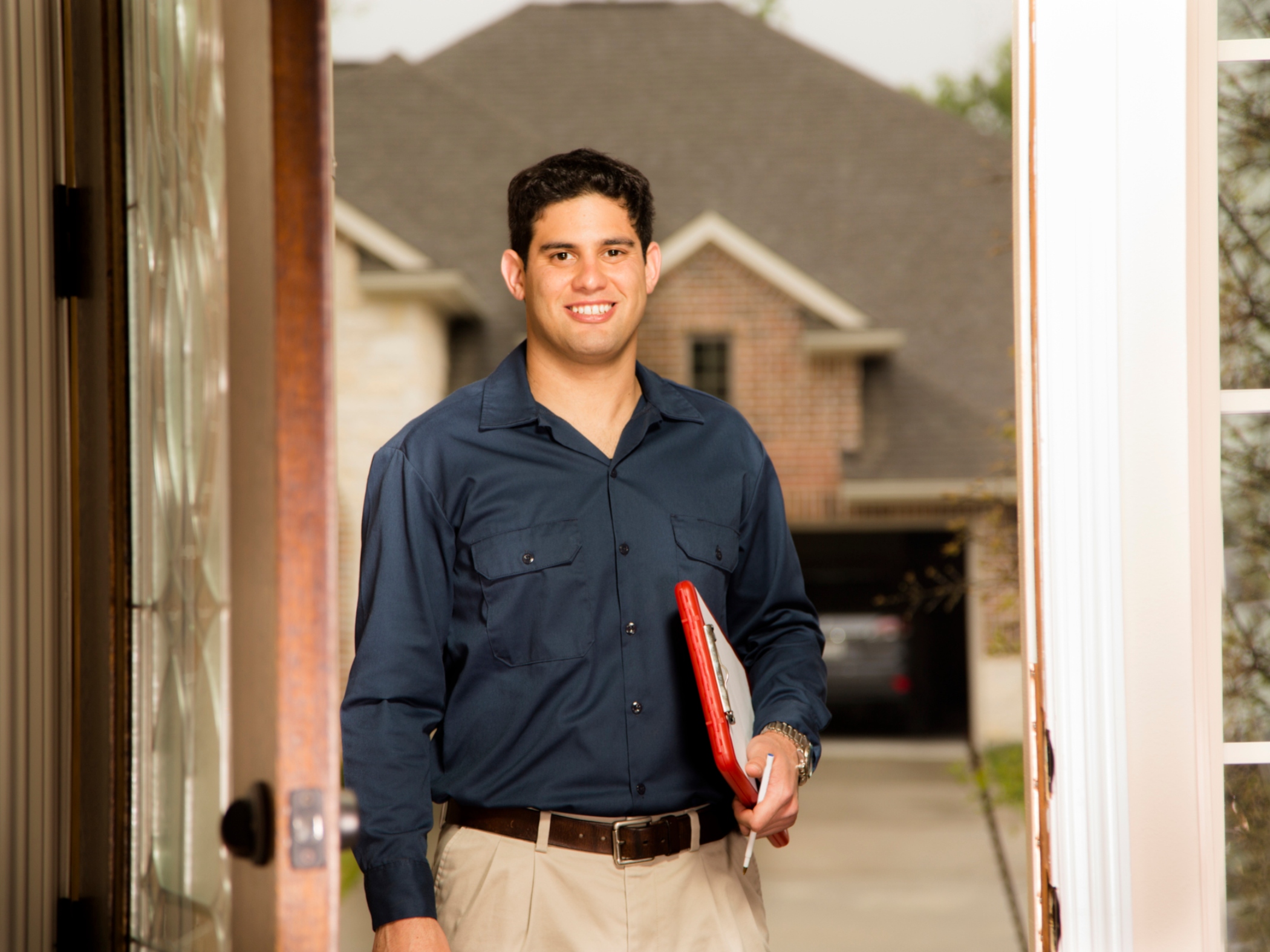A home energy audit can help determine your home's energy performance and what can be done to lower your bills, increase comfort and improve energy efficiency. Ready to get started? The first step is finding a professional to examine your home.
Finding an auditor
Check with your energy company first, as many can recommend trusted auditors. Your state government energy office may be able to provide you with information about auditing companies in the area. Organizations such as the Building Performance Institute provide searchable directories of certified energy auditors. The Residential Energy Services Network is a great resource to find local professionals.
Once you're in contact with an energy auditor, ask for and check their references. If the auditor's past customers were satisfied with the assessment, you probably will be, too. Make sure the auditor tests for air leakage with a calibrated blower door and plans to complete thermographic inspections, which are important for insightful audits.
Preparing for the assessment
Gather copies of your energy bills and make note of any existing problems you're aware of — like condensation on windows or drafty rooms. This information will help the auditor understand the way your family uses energy and what to look for during the assessment.
Before the auditor arrives, put out fires and coals from fireplaces and close the dampers. Clear the clutter from attics and crawlspaces so the auditor has full access to those areas. Plan to be present during the audit, as you'll need to answer questions about your household, thermostat settings, and heating sources and fuel types.
Energy audit tests
The auditor will first do a thorough investigation of the outside of your house, checking for roof, wall or joint problems. Then, they'll head inside to examine ducts and fixtures for potential structural leaks that could be costing you energy and money. The auditor will check to see if furnace filters are clean and your water heater is properly insulated.
Auditors also complete a few tests to determine your home's energy efficiency. An infrared camera is used to pinpoint drafts and areas that are missing insulation. Blower door tests are also common. Inside air is pulled out of the house, allowing outside air to rush in through any unsealed cracks and openings. After the inspection, the auditor will analyze the data and give you recommendations for energy upgrades.
Your next step is to implement the energy-saving recommendations. With that, you'll be well on your way to lower energy bills and a more comfortable home.

